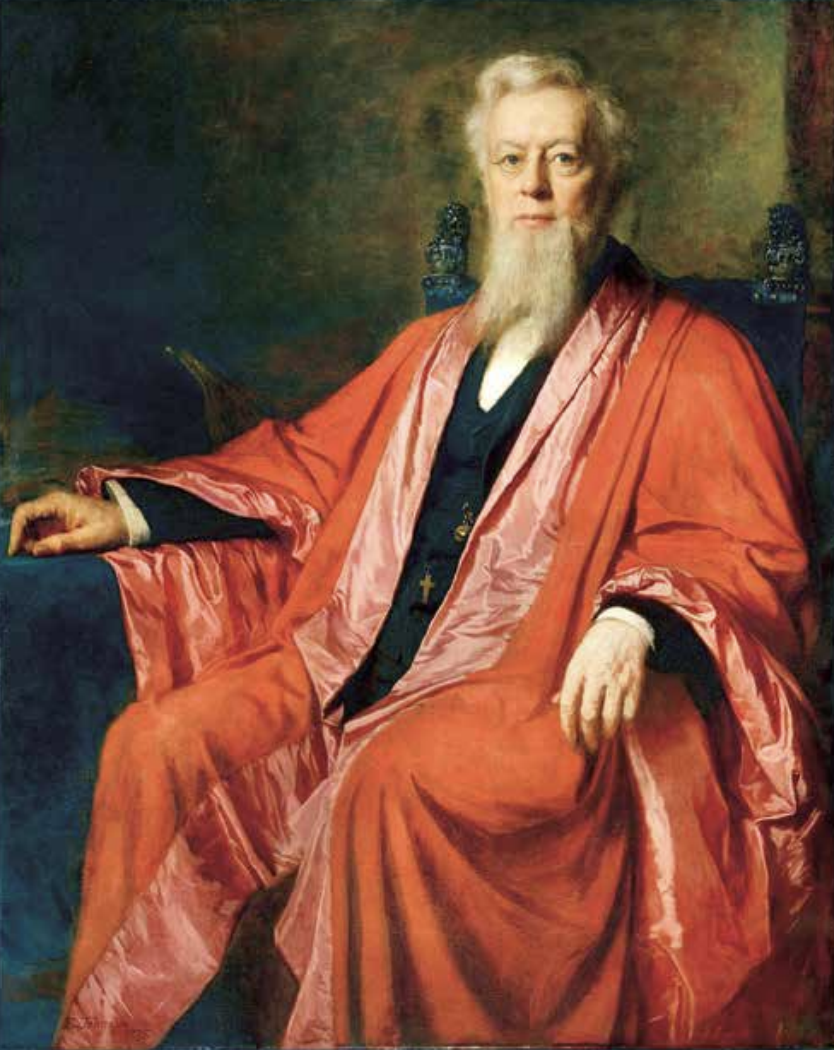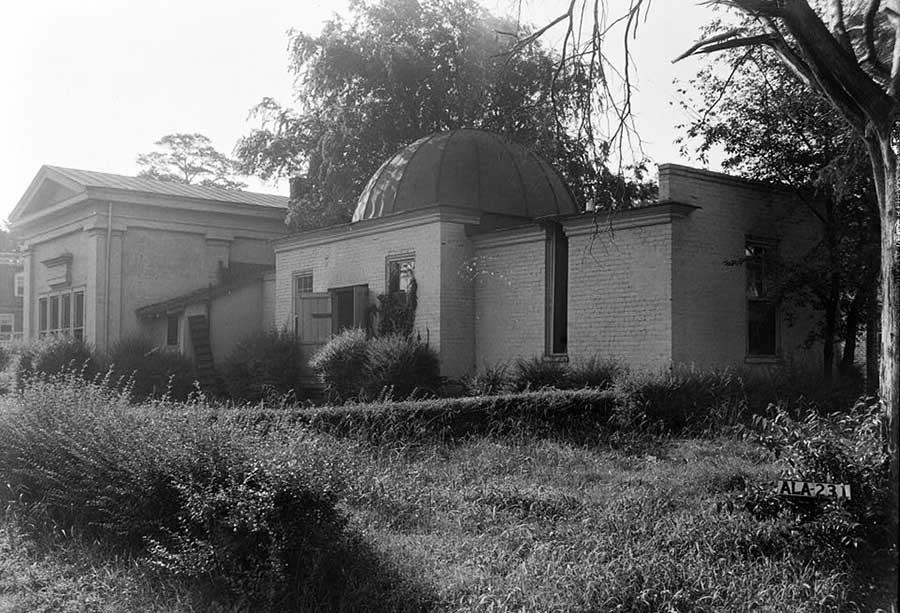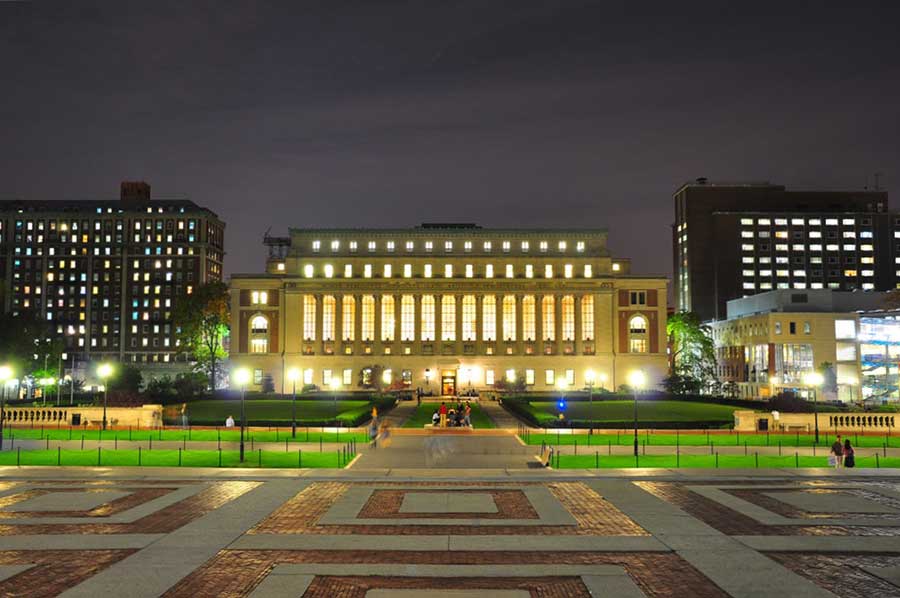Frederick Barnard
Science: Science Education

Frederick Barnard was born on May 5, 1809 in Sheffield, Massachusetts. He went to school at the Saratoga Academy in New York and a school in Stockbridge. When he was a kid he was interested in science.
He went to college at Yale. He became deaf while he was a student there. He decided to teach deaf children because he became deaf. Originally he became a teacher because he didn't want to struggle to communicate with hearing people. However, he became very good at teaching. He even learned American Sign Language.
/prod01/twu-cdn-pxl/media/images/deaf-scientist-corner/yale.jpg)

Even though Barnard was a teacher, he was still very interested in math and science. He published several articles while he was a teacher.
A few years later Barnard became a professor of mathematics (MP4) at the University of Alabama. He built an astronomical observatory (MP4), a pendulum (MP4), and invented stereoscopic photography while he was a professor there. Stereoscopic photography is 3D photography. See how a pendulum moves.
When he was offered a job at the University of Mississippi at Oxford he left Alabama. He became the chair of astronomy (MP4) and mathematics (MP4). This means he was in charge of astronomy and mathematics. He was so good at his job that he became the President of the University. While he was the President astronomical and magnetic observatories (MP4) were built.
/prod01/twu-cdn-pxl/media/images/deaf-scientist-corner/barnard-observatory-university-mississippi.jpg)

He continued to study optical phenomena (MP4) while he was the President of the university. He even took a trip to see a total eclipse (MP4) of the sun. See different kinds of eclipses and how they move.
When the Civil War started, Barnard sided with the Union or the North. He quit his job as the President of the University and went to Virginia. Then he moved to Washington D.C.
When Barnard and his wife visited the White House, President Abraham Lincoln stopped his meeting and introduced them to the people in his meeting. He had heard of Barnard's work.
/prod01/twu-cdn-pxl/media/images/deaf-scientist-corner/frederick-barnard-seated.jpg) Frederick Barnard
Frederick Barnard
Credit: Public Domain
/prod01/twu-cdn-pxl/media/images/deaf-scientist-corner/abraham-lincoln.jpg) Abraham Lincoln
Abraham Lincoln
Credit: Public Domain

Barnard wrote a long letter announcing (MP4) that he did not support slavery. He became the President (MP4) of Columbia University because of the letter.
Even though he was the President of the University he still helped deaf students at the University. He was the President of Columbia University for twenty-five years. He wrote articles on many different subjects. Some of them include physics (MP4), optics, gun powder (MP4), meteorology (MP4), and astronomy (MP4).
Barnard died on April 27, 1889.
Honors
- National Academy of Sciences secretary
- American Academy of Arts and Sciences
- Royal Society of Liege, Belgium
- President of the Microscopical Society
- President of the Board of Experts of the American Bureau of Mines
- Officer of the Legion of Honor
Read More about Augustus Barnard
PBWorks Wiki - Augustus Barnard
References
- Chute, William J. (1978). ----* Yankee!: The first career of Frederick A. P. Barnard, educator, scientist, idealist, Port Washington, N.Y.: Kennikat Press.
- Fulton, John. (1896). Memoirs of Frederick A. P. Barnard: Tenth President of Columbia College in the City of New York. New York: Columbia University Press.
- Lang, H. G., & Meath-Lang, B. (1995). Frederick Augustus Barnard. In A Biographical Dictionary: Deaf Persons in the Arts and Sciences (pp.26-29). Westport, CT: Greenwood Press.
*Edited for child friendliness.
Page last updated 11:35 AM, April 20, 2023